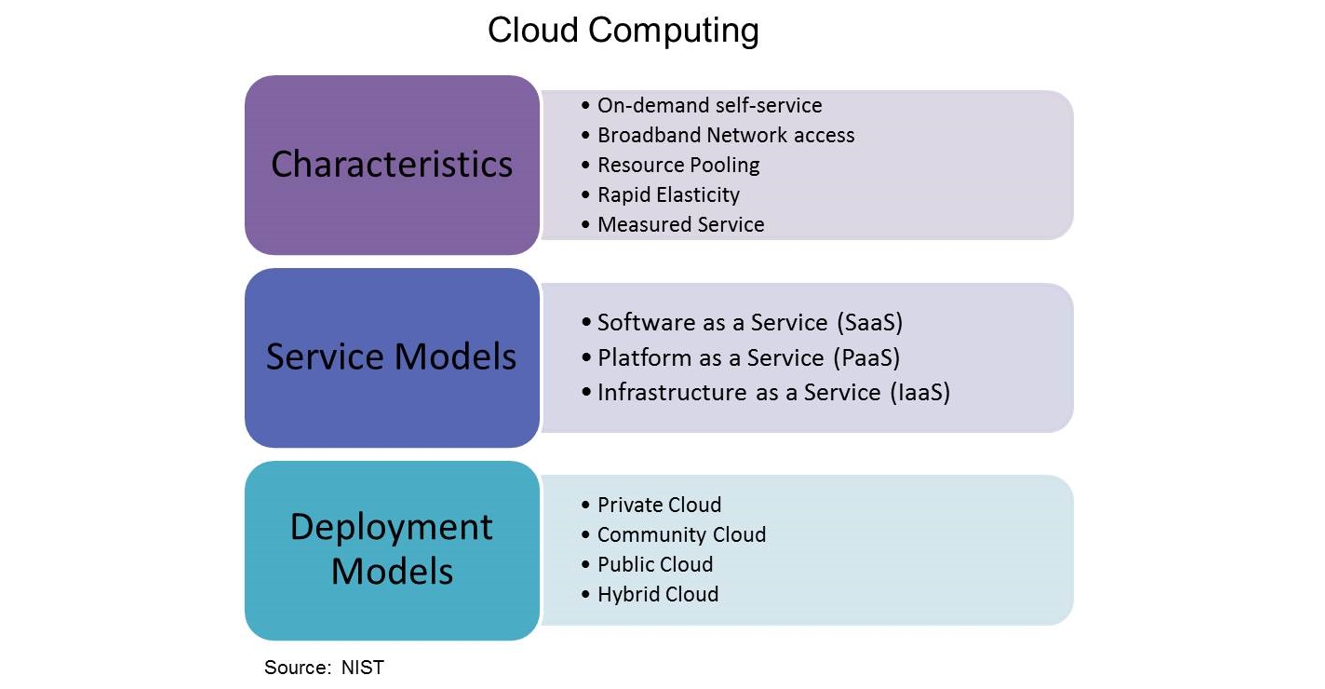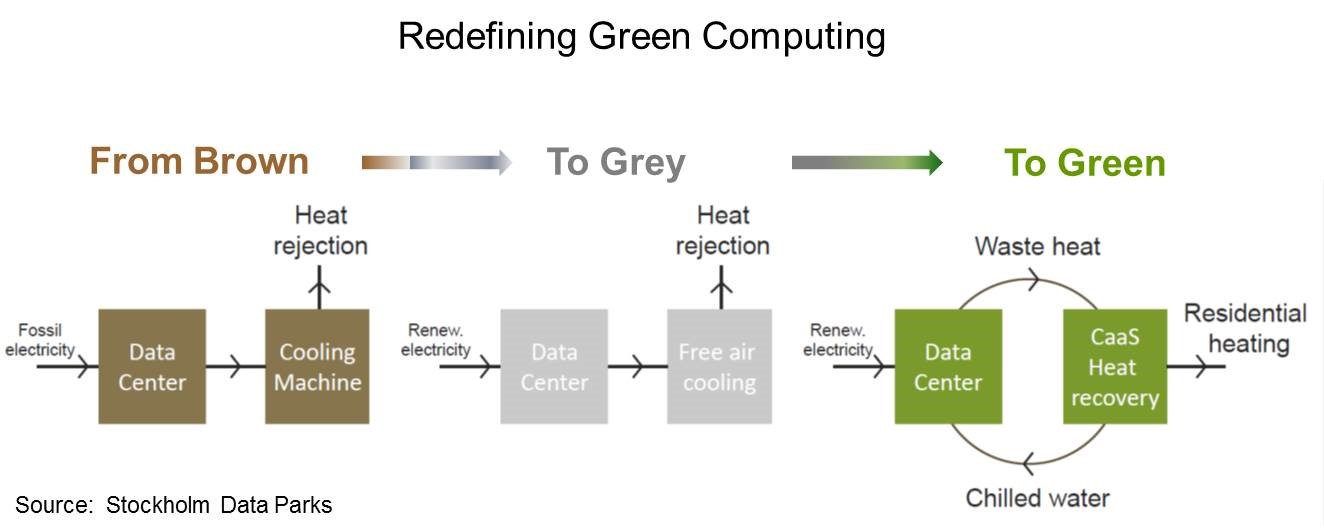Adoption of cloud computing has rapidly evolved from an emerging technology to an established networking solution. With each year, enterprise and government organizations place more and more of their mission-critical workloads into the cloud, while consumers benefit for the ubiquitous access to content and services, anywhere, anytime and on any device.
Cloud adoption enables faster delivery of services and data, improved operational efficiencies and increased performance that offers business agility and cost optimization. According to the National Institute of Standards and Technology (NIST), cloud computing enables ubiquitous, on-demand network access to a shared pool of computing resources that can be rapidly provisioned and released with minimal management effort or service provider interaction.

Since cloud computing resides in data centers, it is no surprise that the number of data centers has rapidly grown. According to Cloudscene, there are now 5,364 data centers across the globe, with 37% located in the United States. (The top 10 data center countries are shown below.)

And to understand just how much demand there is for cloud services is to look towards Cisco’s latest Global Cloud Index Report, which shows that annual global data center IP traffic is expected to triple to 15.3 zettabytes up from 4.7 zettabytes per year in 2015. Compute and collaboration, streaming video, social networking and IoT are just some of the applications that are driving this growth.
Lots of Data Centers = Lots of Power Consumption
According to the US Department of Energy, US data centers account for approximately 2% of the country’s total electricity use, while some (uncited) sources suggest that collectively data centers already consume approximately 3% of globally generated power and account for approximately 2% of greenhouse gas emissions – a carbon footprint equivalent to the airline industry.
The good news is that, despite the growth in the number of data centers, the pace of power consumption has slowed due to gains in energy efficiency. Some factors contributing to this include improved cooling and powering strategies; better server utilization, power scaling – in which the power draw is scaled back when the server is not in use; as well as better power management software and better hardware.
In addition, many data centers are “going green” by leveraging alternative energy sources. For instance, 44% of the energy used by Microsoft’s data centers utilize either wind, solar or hydroelectricity. They have set goals of growing this to 50% by 2018, to 60% early in the next decade and to an ongoing and higher percentage in years beyond that.
AWS was powered by more than 40% renewable energy at the end of 2016 and will grow this to 50% renewable energy by the end of 2017 with a long-term commitment to achieve 100% renewable energy usage for their global infrastructure footprint.
Facebook set a goal of reaching (and actually exceeding) 25% clean and renewable energy by 2015 for all of its data centers and set a target of at least 50% clean and renewable energy by 2018.
And while all of these goals are more than commendable, the City of Stockholm has gone a step further.
Innovation in Sweden
The City of Stockholm, in partnership with district heating and cooling provider Fortum Värme, power grid operator Ellevio and dark fiber provider Stokab, announced the Stockholm Data Parks initiative.
Stockholm Data Parks is a long-term commitment to make Stockholm an attractive hub for large data centers that employ heat recovery by bringing together, preparing and offering all necessary infrastructure elements at attractive Greenfield and brownfield sites suited for data center activity. By using heat recovery, they will be able to channel the excess heat generated by data centers back into a heatsink that will then be distributed to the city’s municipal heating system.
The initiative leverages Stockholm’s district heating and cooling energy system, which connects more than 10,000 buildings representing a “heat sink” of 12TWh.
Since of the primary sources of energy use in the data center environment is cooling, Fortum Värme is offering a cooling-as-a-service option to companies locating their data centers in Stockholm – where they cool the data center for free in exchange for the waste heat when the load exceeds 10MW. For reference, a 10MW data center load can heat around 20,000 modern residential apartments.
In this scenario, return pipes carry excess heat from the data center to a production plant equipped with heat pumps and a connection to the district heating network.

From an OPEX perspective, heat recovery can be thought of as a way to reduce and eliminate OPEX for cooling. Furthermore, heat recovery makes a significant contribution to reducing global CO2 emissions by replacing more CO2-intensive heat production, allowing data centers to become net climate positive and thus redefining green computing.

While this type of arrangement may not be easily duplicated across the globe, for markets that already have district energy systems in place, this innovative solution can lay the foundation for a sustainable and cost-efficient hub for cloud services, where the reuse of heat can make the data centers net climate positive.
